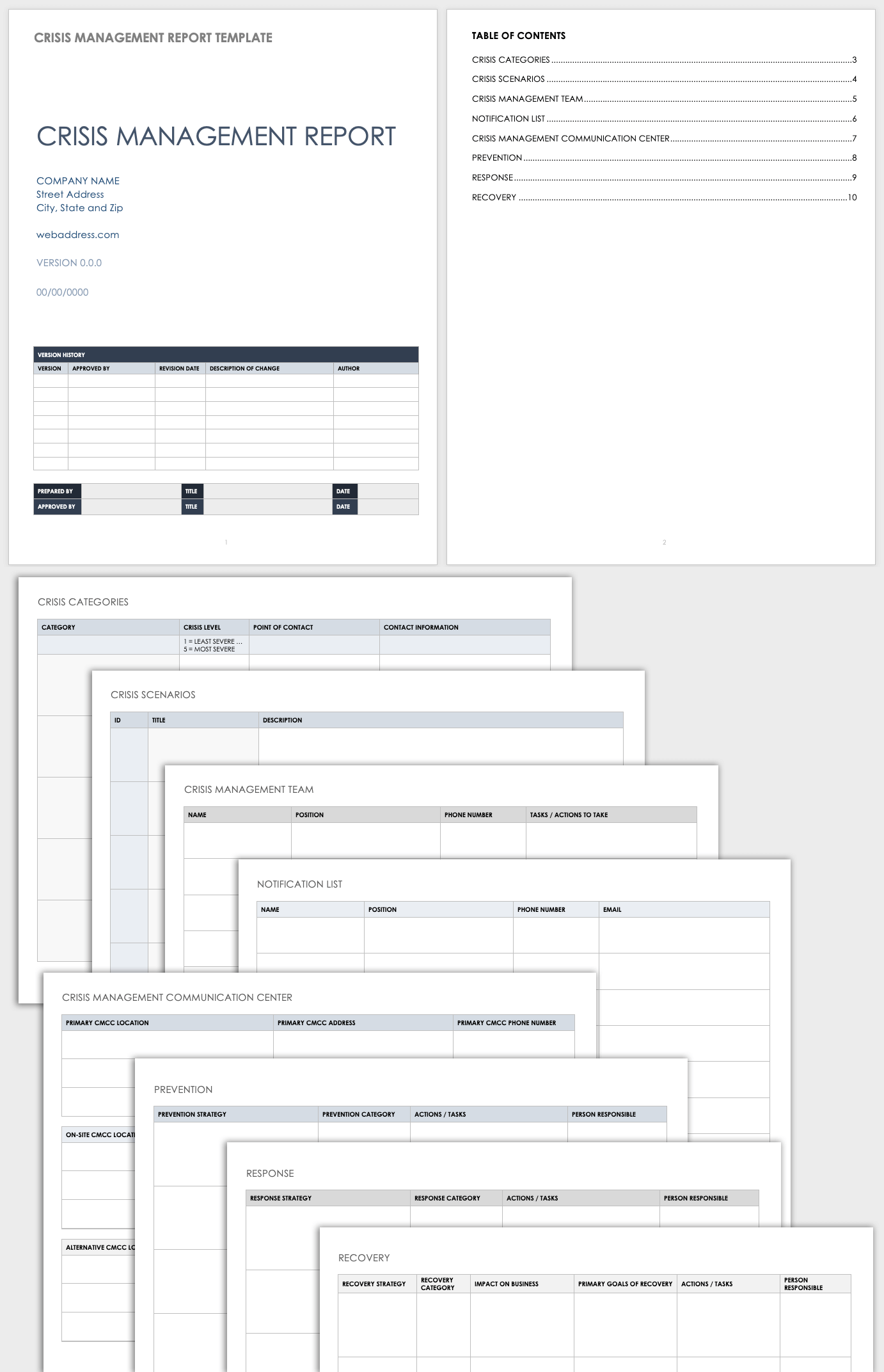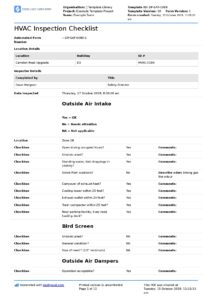When crisis strikes, chaos often follows. Fires rage, floods swell, or unexpected events unfold, and the immediate aftermath can feel like a swirling vortex of uncertainty. In these critical moments, clear, concise, and timely communication isn’t just helpful; it’s absolutely vital for saving lives, minimizing damage, and coordinating an effective response. Imagine multiple agencies, disparate teams, and various stakeholders all trying to piece together what’s happening, where, and what’s needed – without a shared understanding, efforts can be duplicated or, worse, critical gaps missed.
This is precisely where the power of a well-structured situation report comes into play. It acts as the backbone of emergency communications, transforming raw, often fragmented, information into actionable intelligence. A good situation report provides a snapshot of the current incident status, resources deployed, impacts, and future outlook, ensuring everyone from incident commanders to government officials has the same up-to-date picture. It eliminates guesswork and fosters a unified, informed approach to managing the emergency.
But creating such a report from scratch during an unfolding crisis can be time-consuming and prone to errors. This is why having a pre-designed, comprehensive emergency management situation report template is not just a convenience, but a strategic necessity for any organization or agency involved in emergency response. It streamlines the reporting process, ensures consistency, and guarantees that no crucial details are overlooked, allowing responders to focus on the incident at hand rather than the format of their updates.
Dissecting the Core Elements of a Robust Emergency Management Situation Report Template
Understanding what goes into an effective situation report is key to leveraging its full potential. A well-designed emergency management situation report template breaks down the complex reality of an emergency into digestible, standardized sections, making it easier for information gatherers to input data and for recipients to quickly grasp the essential details. It’s about creating a common language for crisis communication, ensuring that every piece of critical information finds its rightful place and contributes to a coherent narrative.
Incident Overview and Executive Summary
Every good report starts with the basics. This section provides immediate context, serving as a quick reference point for anyone picking up the document. It’s the essential snapshot that allows busy decision-makers to get the gist without having to read through every single detail, though those details are readily available in subsequent sections. It sets the stage for the entire report.
- Date and Time of Report
- Incident Name or ID
- Reporting Period (e.g., “0800-1200 hrs PST”)
- Executive Summary (a brief, high-level overview of the current situation and key developments)
Current Situation and Impact Assessment
This is the heart of the report, detailing what is currently happening on the ground and the consequences of the emergency. It provides the empirical data necessary for understanding the scope and severity of the incident. This section often evolves rapidly, so accuracy and timeliness are paramount here. It answers the fundamental questions of “what’s happening now” and “who/what is affected.”
- Geographic Scope of the Incident (e.g., specific areas, neighborhoods, facilities)
- Affected Population (estimates, including displaced persons, sheltering needs)
- Casualties (confirmed fatalities, injuries, missing persons, with sources if available)
- Infrastructure Damage (critical systems like power, water, communication, transportation)
Response Actions and Resource Status
Knowing what has been done and what resources are engaged is crucial for coordination and avoiding duplication of effort. This section tracks the operational response, highlighting the agencies involved and their contributions. It also flags any resource shortfalls, which is vital for escalating requests or reallocating assets. It’s about accountability and operational transparency.
- Agencies Involved and Their Primary Roles/Responsibilities
- Actions Taken During the Reporting Period (specific tactical and strategic responses)
- Resources Deployed (personnel numbers, types of equipment, vehicles)
- Resource Gaps or Needs (specific items or personnel urgently required)
Outlook and Anticipated Needs
Emergency management isn’t just about reacting; it’s also about anticipating. This forward-looking section helps prepare for the next operational period, outlining potential challenges and future requirements. It allows for proactive planning and resource pre-positioning, which can significantly improve future response efforts and mitigate further damage. This part of the report helps decision-makers prepare for what’s coming.
- Anticipated Challenges or Threats (e.g., weather forecasts, secondary hazards)
- Forecasted Incident Progression (predictions of how the situation might evolve)
- Key Decisions Made or Pending (strategic decisions, policy changes)
- Next Steps or Objectives for the Coming Reporting Period
Maximizing the Efficacy of Your Situation Report Template
Possessing a robust emergency management situation report template is only half the battle. Its true value is realized through effective implementation and consistent usage. It’s not merely a document to be filled out, but a living tool that, when integrated into daily operations, significantly enhances an organization’s emergency preparedness and response capabilities. The goal is to make reporting a seamless, almost intuitive, part of the response cycle.
For instance, customization is key. While templates provide a solid foundation, they should be flexible enough to adapt to specific organizational needs or incident types. A template used for a natural disaster might require slightly different fields than one for a hazardous materials spill, so understanding when and how to tailor it without losing its core structure is important. Furthermore, ensuring that all personnel involved in reporting are thoroughly trained on how to accurately and efficiently complete the template is non-negotiable. Consistent training reduces errors, speeds up data entry, and ensures the quality of information.
Establishing clear reporting cycles – whether hourly, every four hours, or daily – helps manage expectations and ensures a steady flow of information. Beyond just filling it out, the method of dissemination is also crucial. Utilizing secure, accessible digital platforms can vastly improve the speed and reach of these reports, allowing all relevant parties to receive updates simultaneously.
- Regular Training for Staff on Template Usage and Reporting Protocols
- Establishing Clear Reporting Cycles and Deadlines for Submissions
- Ensuring Data Accuracy, Verification, and Clear Sourcing
- Utilizing Secure Digital Platforms for Efficient Dissemination and Archiving
In the high-stakes environment of an emergency, clear, consistent, and timely communication can literally be the difference between life and death. It underpins effective coordination, enables informed decision-making, and builds trust among responding agencies and the public.
By embracing a well-designed and consistently utilized situation report template, organizations empower their teams to manage information effectively, ensuring that every action taken is based on the most current and comprehensive understanding of the situation. This proactive approach transforms potential chaos into coordinated action, fostering resilience and ultimately protecting communities.




